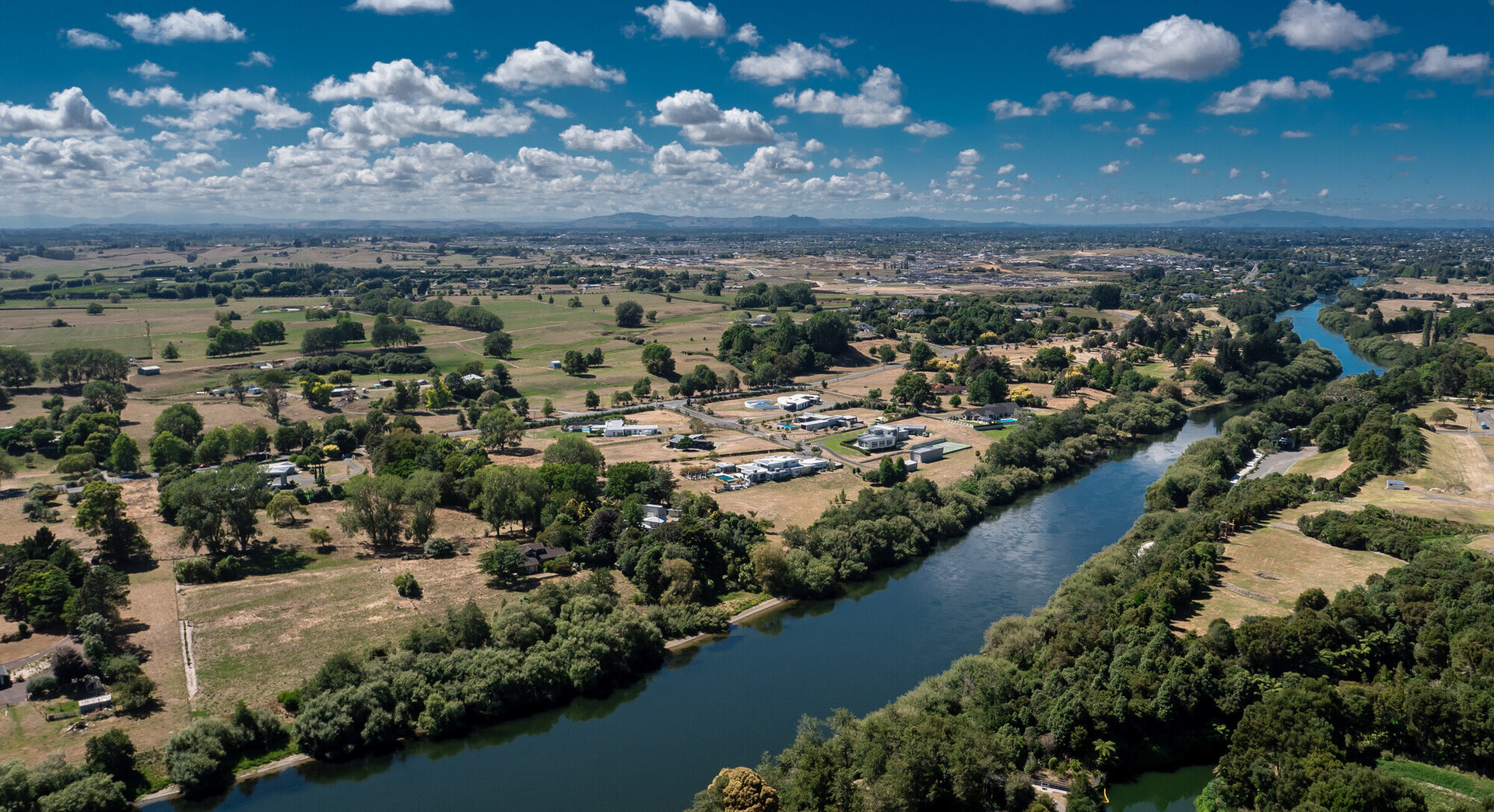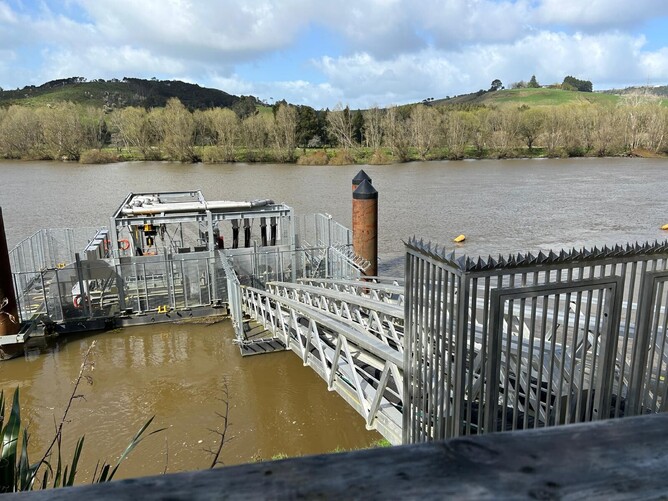Water storage key to raising productivity, managing volatile weather patterns
Water – in particular the storage of it – was a hot topic at last October’s Regional Growth Summit. And it’s top of mind for Waikato Regional Council too.
Regional Development Minister Shane Jones encouraged applications to the $1billion-plus Regional Development Fund from Waikato water storage schemes. And Waikato-Tainui’s executive Te Arataura, Chair Tukoroirangi Morgan shared that the iwi is already looking at options for storage.
The Government’s recognition of the need to increase water storage is part of what underpins the Waikato Water Security Strategy, which Waikato Regional Council is working on at the the Waikato Mayoral Forum’s request, and alongside iwi partners (Waikato, Maniapoto, Raukawa, Hauraki, Te Arawa and Tūwharetoa), local councils and other stakeholders.
Water is our most precious resource and throughout the world it is increasingly threatened by pollution and overallocation. Here in the Waikato, protecting and improving water is consistently the number one environmental concern that we hear about from our communities.
From sustaining life to driving economies, water is the lifeblood of our planet. Despite the perception that we are surrounded by plentiful water, climate change and the legacy effects of land use mean that in some areas of the region there simply isn’t enough fresh water to go around. Demand has increased, supply has decreased. That poses a significant risk when you think about future population growth and achieving improved environmental outcomes. The Water Security Strategy will mean we can manage water resources more efficiently.
I’m hearted that Minister Jones recognises the need for more water storage as the key to raising productivity and export earnings and being critical for dealing with volatile weather patterns and climate change.
Part of the Strategy will be to work out high water demand areas and to ensure not too much water is allocated so we can safeguard water resources for our region’s future. Water resources in New Zealand are finite, and there is competition for water allocation among various users, including households, industries, agriculture, and ecosystems. A Strategy will facilitate the allocation of water resources, taking into account the needs of different stakeholders while ensuring the sustainability of water supplies for future generations
Other tasks outlined in the strategy include looking into leak detection, rainwater harvesting initiatives, developing reporting tools using existing water data, identifying future points for demand, and aligning water security with climate change responses. Importantly, the Strategy also recommends exploring innovative water security solutions, with a focus on options that reduce demand, enhance supply, and improve the river.
I’m heartened that the Government and iwi are on the same page about water security. That they are prepared to play their part in de-risking water storage. And I’m also heartened for other regions given Mr Morgan’s comments at and after the Growth Summit that “we need to find another way of trying to address the ongoing needs, not only of Waikato, but for the wider community.” Because this isn’t just a Waikato problem. It’s a New Zealand problem. And a global one. If there are innovative solutions and options that come out of our Strategy, I’d love to think other communities could benefit from them. That we can share our knowledge and expertise.
With the support of the Government and iwi, I’m confident that we will be able to work out a way to ensure that we have reliable, sustainable water sources for future generations. Yes, there is a lot of work to do, but the commitment to funding and collaboration is in place and that’s a very healthy place to begin.

